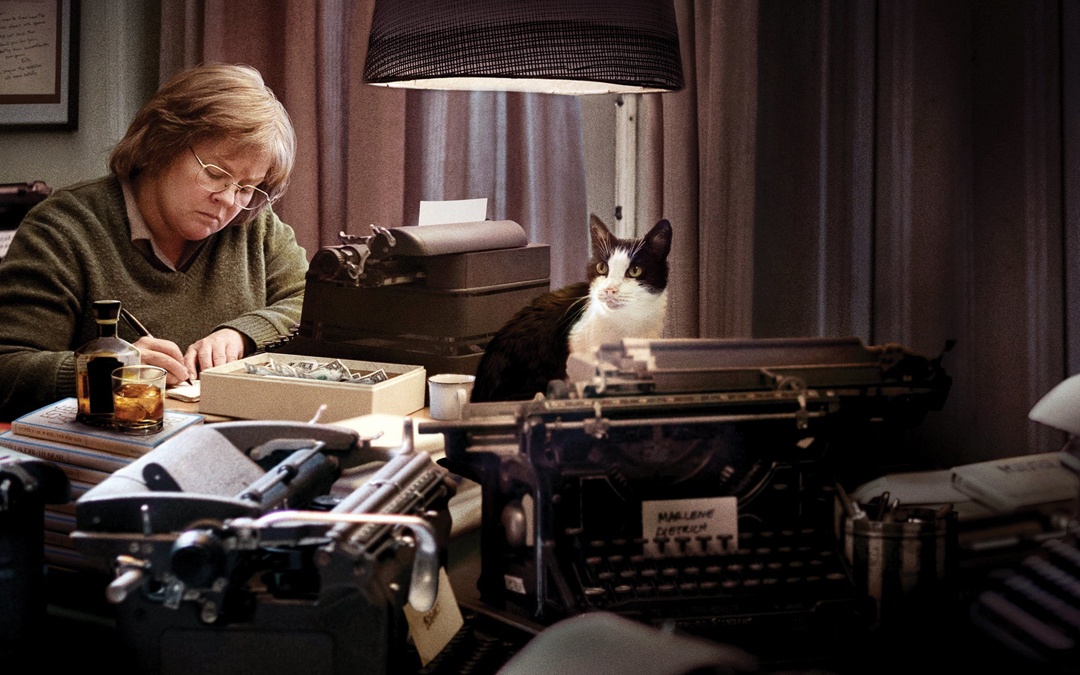All the Write Moves: Russian Doll
February 26, 2019
Songwriters face an inherent conundrum when trying to innovate because the chromatic scale of Western music includes only 12 unique notes. The challenge is to arrange and combine these limited resources in surprising ways. A similar conundrum faces those seeking to create groundbreaking television: Truly new ideas come along very rarely, so the challenge is to blend familiar elements in unfamiliar ways.
That’s just what Natasha Lyonne, Leslye Headland and Amy Poehler do with Russian Doll, a new series that defies easy classification. It’s a comedy of sorts, blending snarky dialogue with ironic plot twists. Yet it’s also a drama exploring heavy issues of grief and identity and love. But on still another level, the show is a fantasy that employs the familiar premise of a character repeatedly dying and experiencing the same moments (think Groundhog Day, Edge of Tomorrow, Happy Death Day).
What makes Russian Doll compelling is the use of highly specific details to prioritize characterization over narrative. Lesser entries in the time loop genre get mired in events and logic and patterns, but Russian Doll keeps its focus where it belongs, using the time loop device as a means of revealing layers of the protagonist’s intricate personality.
Those seeking to understand how to keep screenwriting vibrant can learn a lot from Russian Doll, even though any attempt to imitate this particular show would almost certainly result in failure. What makes the show interesting is singularity.
MAP THE TERRAIN
Every writer (or team of writers) approaches the early story-building process in a different way, with some creating extensive background documents before crafting scenes and others using drafts of scenes to discover background organically. But if the goal is to create a character-driven piece, then the first order of business is to develop a character who deserves to be the center of a show. In today’s TV landscape, it’s no longer necessary that a protagonist be likable or even sympathetic — so long as the character seems prismatic.
Getting there requires the writer (or writers) to map the terrain of a fictional human’s experience. Who are the character’s friends? What are the character’s habits? Does the character have vices? Studying the first two episodes of Russian Doll, which together comprise less than 50 minutes of content, we learn an extraordinary amount of information about Nadia Vulvokov (played by Lyonne), a software engineer who lives in New York City. She has a cat named Oatmeal, who has a bad habit of running away. Her best friend is an artist who shares Nadia’s affection for recreational drugs. Nadia has powerful sexual agency, even though she has a tricky relationship with her ex-boyfriend. Nadia also works through issues related to the loss of her mother with a therapist who was friendly with Nadia’s mother. Some of these details help move the plot along, while others simply help us become intimate with Nadia.
The point is that Lyonne, Headland and Poehler generated an ornate biography for Nadia; inclusive of personal history, behavior patterns, sexual proclivities, drug preferences, and on and on. The clear lesson is that whenever you, as a writer, believe you’ve tapped out on how much development you can do for a leading character, that’s a sign to dig deeper. As gets proven again and again by the bizarre but evocative tangents that Russian Doll explores, very often the character nuance you thought was unimportant becomes the key to opening up important new dimensions of storytelling.
Takeaway: Your protagonist’s personality can never be too complex.
DEVICES NOT GIMMICKS
A gimmick is a storytelling device that works like a cheap magic trick, which is to say it fools the audience once but then immediately loses its power. That’s because gimmicks, generally speaking, lack emotional resonance. A killer springing back to life at the end of a horror movie, for instance, is a gimmick. A device is something entirely different. A device, like a tool, is a resource that meets a need. Used thoughtfully, a device can get called into service again and again without losing its ability to meet its accompanying need.
In Russian Doll, obviously the main device is the Groundhog Day contrivance of repeated deaths and rebirths. Why is this a device and not a gimmick? Because it serves a credible purpose. The first time Nadia dies and revives, it’s a fun jolt for viewers who didn’t expect the event to happen, and it’s a necessary milestone for viewers who know the show’s premise before watching. The second time Nadia dies and revives, two things happen: First, a pattern is established, thus creating a contract with the audience — this is the journey we’re going to take. Second, meaning is fused to the device.
Before Nadia dies and revives the first time, she seems to operate on pure id, devouring life with relentless forward motion. Once she gets stuck in the loop, she is forced to examine her life, but not in the straightforward, lesson-learning fashion of Groundhog Day. Nadia endeavors to solve the mystery of the loop, soon realizing that doing so will require her to solve the mystery of her life.
Takeaway: Purpose differentiates a device from a gimmick.
A TONE OF THEIR OWN
One of the trickiest concepts for new writers to grasp is tone, because it’s hard to put into words and it doesn’t mean the same thing to everyone. In fact, it’s easier to describe a show (or a script) with tone problems than it is to describe a show (or a script) with an effective tone. That is, if the tone in question is something fresh and innovative, as opposed to the trusty modalities of broad comedy, dark suspense, and so forth. In today’s TV landscape — a realm that includes Atlanta and Legion and other rule-breaking shows — audiences have grown not only tolerant of, but hungry for stories that ignore yesterday’s expectations.
As mentioned before, Russian Doll is hard to pin down in terms of genre, but it hangs together surprisingly well. One reason was explored in a recent Variety article, which cited Russian Doll and Homecoming as examples of a new format: the half-hour drama. Today’s TV creators have gone beyond challenging established “rules” of small-screen storytelling; they’ve moved into a space of asking why there are rules in the first place. Whatever works, works.
In the case of Russian Doll, the half-hour format allows Lyonne, Headland and Poehler to focus on Nadia almost exclusively, instead of cutting back and forth between multiple storylines. In turn, this gives the show inherent coherence, no matter how wildly the tone shifts from moment to moment, because viewers are living Nadia’s life (and death) in step with her. Just as each of our own lives swerves from laughter to sadness to boredom with each new event and each new feeling, Russian Doll follows where Nadia leads. Character truth, grounded in the creators’ meticulous development work and deliberate use of a rich storytelling device, sets the course, which has the effect of setting the tone.
Takeaway: Tone that emerges from story always feels true.
Written by: Peter Hanson
Peter Hanson is a Los Angeles-based writer, filmmaker and teacher. He directed the screenwriting documentary Tales from the Script, and he teaches at Pepperdine University and UCLA Extension. He provides script consulting at www.GrandRiverFilms.com.



